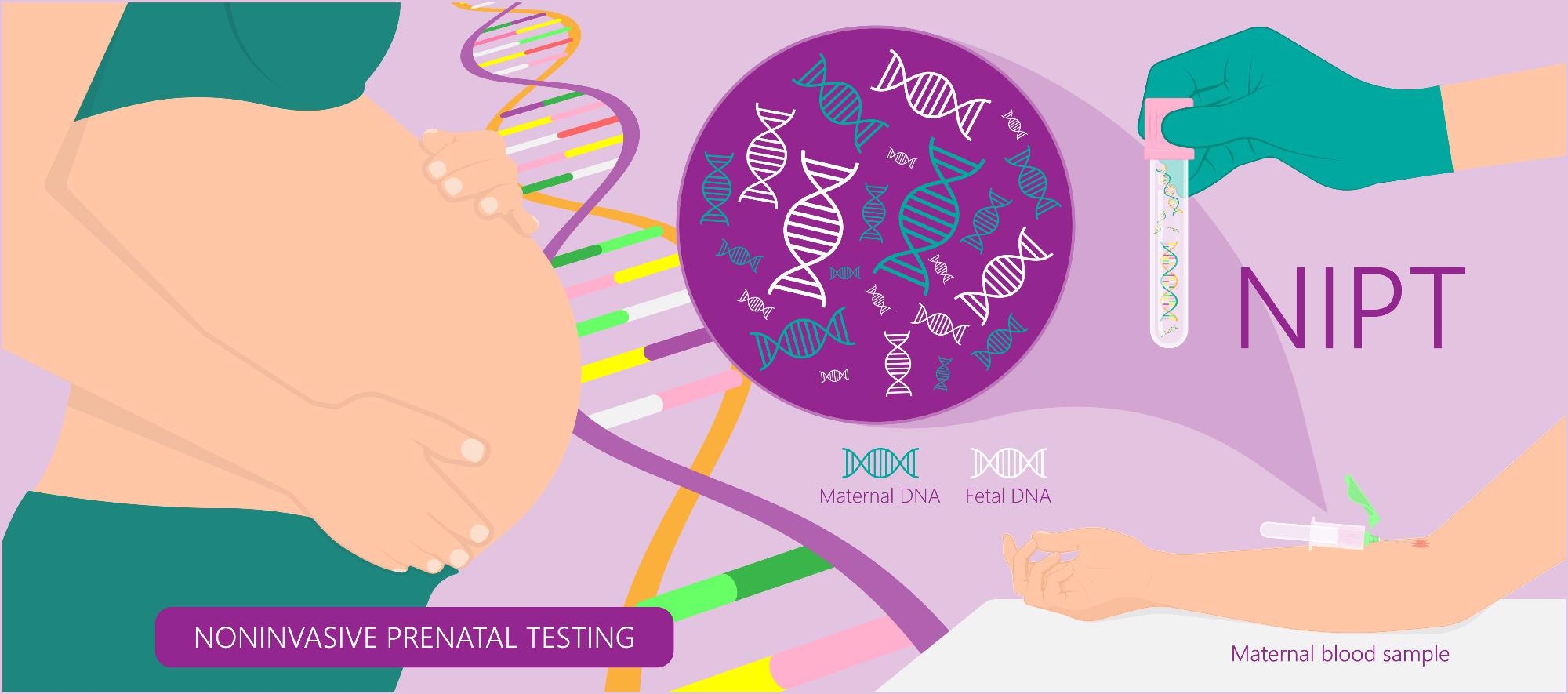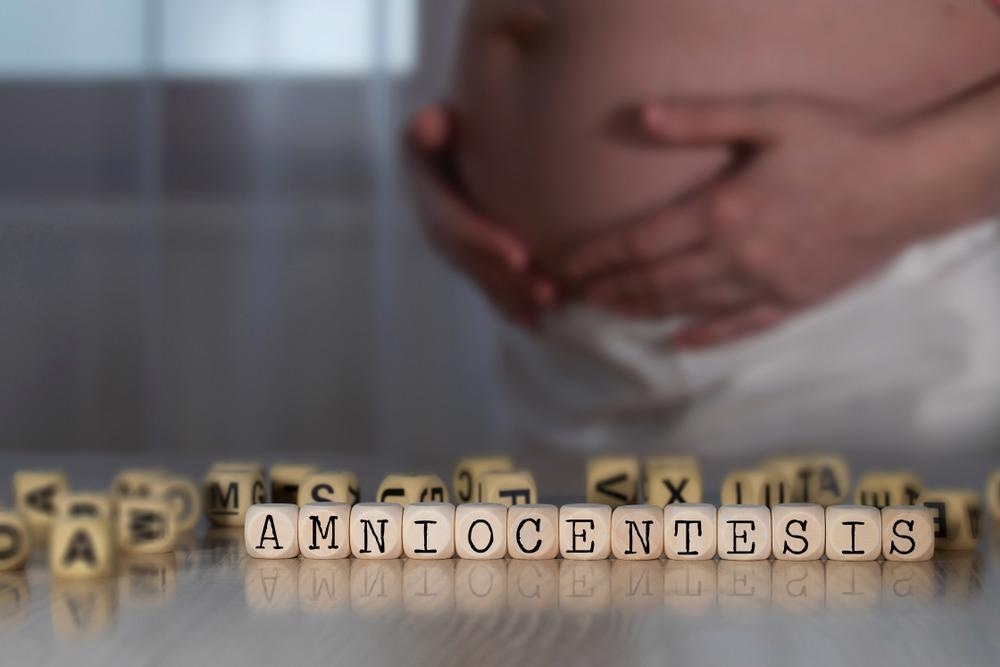Introduction
The Different Types of Prenatal Genetic Testing
Prenatal Cell-free DNA Screening
Carrier Screening
Amniocentesis
Chorionic Villus Sampling
In Conclusion
References
Prenatal genetic testing is used to screen and diagnose birth differences and genetic conditions within babies. This article will discuss this subject, giving an overview of the types of testing and conditions which can be tested for using genetic screening during pregnancy.

Image Credit:
The Different Types of Prenatal Genetic Testing
Prenatal genetic testing determines if an offspring is at risk of genetic or hereditary conditions. This can inform the parents of decisions such as keeping the child or not or adjusting to help them better prepare for the eventuality of a child with birth differences.
There are two categories of prenatal genetic testing: screening tests and diagnostic tests. Screening tests include prenatal cell-free DNA (cfDNA) screening, blood drawn tests such as maternal serum screening, and carrier screening. These tests only give information on whether there is a higher or lower risk of genetic conditions and do not give a definitive yes or no answer.
On the other hand, diagnostic tests give a definitive answer for whether a genetic condition or birth difference will occur. This type of prenatal genetic testing includes chorionic villus sampling and amniocentesis. However, diagnostic tests can carry a risk of miscarriage, amongst other dangers.
Prenatal Cell-free DNA Screening
Prenatal cell-free DNA screening is a test that can be performed as early as ten weeks into pregnancy. A non-invasive prenatal genetic screening method has been commonly referred to as the new gender test in recent years.
This type of screening detects cell-free DNA levels in pregnant women's blood. These are fragments of DNA that are identical to that of the developing child. Currently, this is the most accurate screening test available and determines if a genetic condition is less or more likely to occur in the baby. Cell-free DNA screening can detect conditions such as Down Syndrome, trisomy 18, trisomy 13, and differences in the X and Y chromosomes. Though accurate, it cannot detect all genetic conditions or congenital disabilities.
Carrier Screening
Some genetic conditions require two genes to be expressed in a person. If someone has one gene but not the other, they are called carriers. They possess the genetic information but do not suffer from the condition. Carrier screening can detect this gene in the carrier and provide information on whether the child will develop the disease or not. If a person tests positive for the gene, partner screening can determine if there is an increased risk of the child developing the condition.
This type of prenatal genetic test can provide information on the risk of developing certain disorders. These disorders include cystic fibrosis, spinal muscular dystrophy, Duchenne muscular dystrophy, fragile X syndrome, and Tay-Sachs. As carrier screening only looks for a limited number of genes, a person may still be a carrier of a genetic condition even if the test results are negative.

Image Credit: Tolikoff Photography/Shutterstock.com
Amniocentesis
While the previous methods are non-invasive, amniocentesis requires the removal of cells from inside the amniotic sac with a syringe after an ultrasound is performed. The small amount of removed fluid is sent to a specialist laboratory for testing. The procedure can carry a minimal risk of amniotic leakage or even miscarriage (99% of amniocentesis procedures are safely conducted.)
Amniocentesis is commonly used to test for conditions such as Down syndrome, Trisomy 13, and differences in the X and Y chromosomes. It can also detect open neural tube defects. As it is a diagnostic test, the results are deemed to be definitive. It cannot detect all congenital disabilities. It is usually carried out during 15-20 weeks of pregnancy.
Chorionic Villus Sampling
Chorionic villus sampling (CVS) tests for chromosome conditions such as Trisomy 18, Trisomy 13, Down syndrome, and so forth. Carried out between 10 and 14 weeks of pregnancy, cells are collected from the chorionic villi in the placenta, containing identical genetic information to the fetus. The procedure is performed through the mother's abdomen or cervix. Occasionally, the genetic information in the chorionic villi can differ from the offspring, so further tests are needed in these cases.
As it is a diagnostic test, CVS gives a definitive yes or no answer to whether a genetic condition is present in the baby. However, it cannot detect every congenital disability or genetic condition. Additional specific tests can be requested if a known history of genetic conditions or abnormalities are discovered during an ultrasound, such as heart defects.

Image Credit: Yeexin Richelle/Shutterstock.com
In Conclusion
Prenatal genetic testing provides information on the likelihood of genetic conditions and congenital disabilities/differences in a baby during the early stages of pregnancy. It is also used to detect the gender of a child. While no test is perfect, prenatal genetic testing can help parents make informed choices on what action to take if a congenital disability or genetic condition is detected.
References:
Further Reading